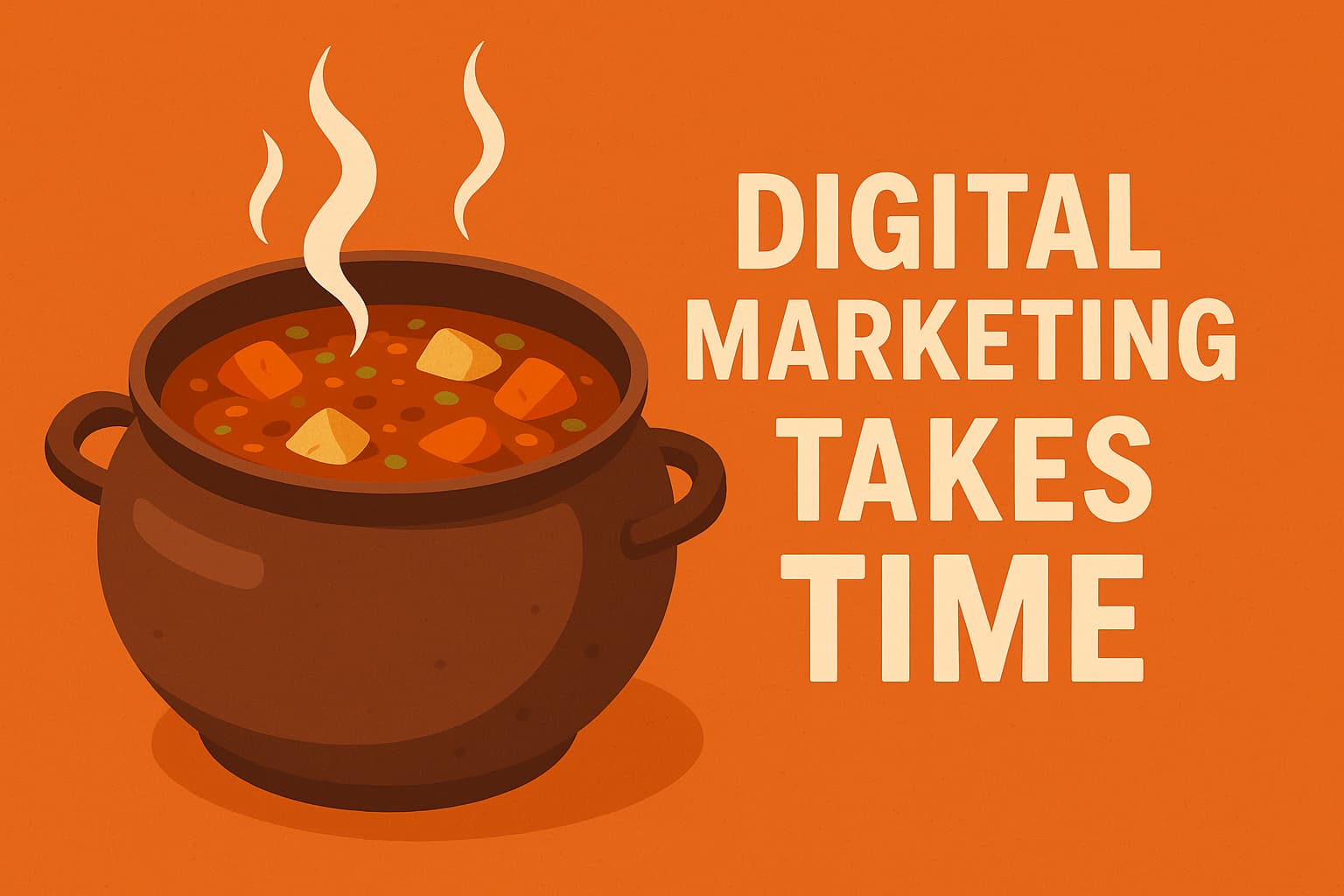A pet-peeve of mine is searching for a business online—for funsies, let’s use a restaurant as an example—finding one, clicking on their social media channels, and then seeing food pics that look like they were shot in a dark alley with a shorted out street light. Nothing says, “this food might actually make you ill” like high contrasted, under saturated, flare-filled, food shots. Poor food photography and scary dim interior shots of your restaurant actually deter guests from going.
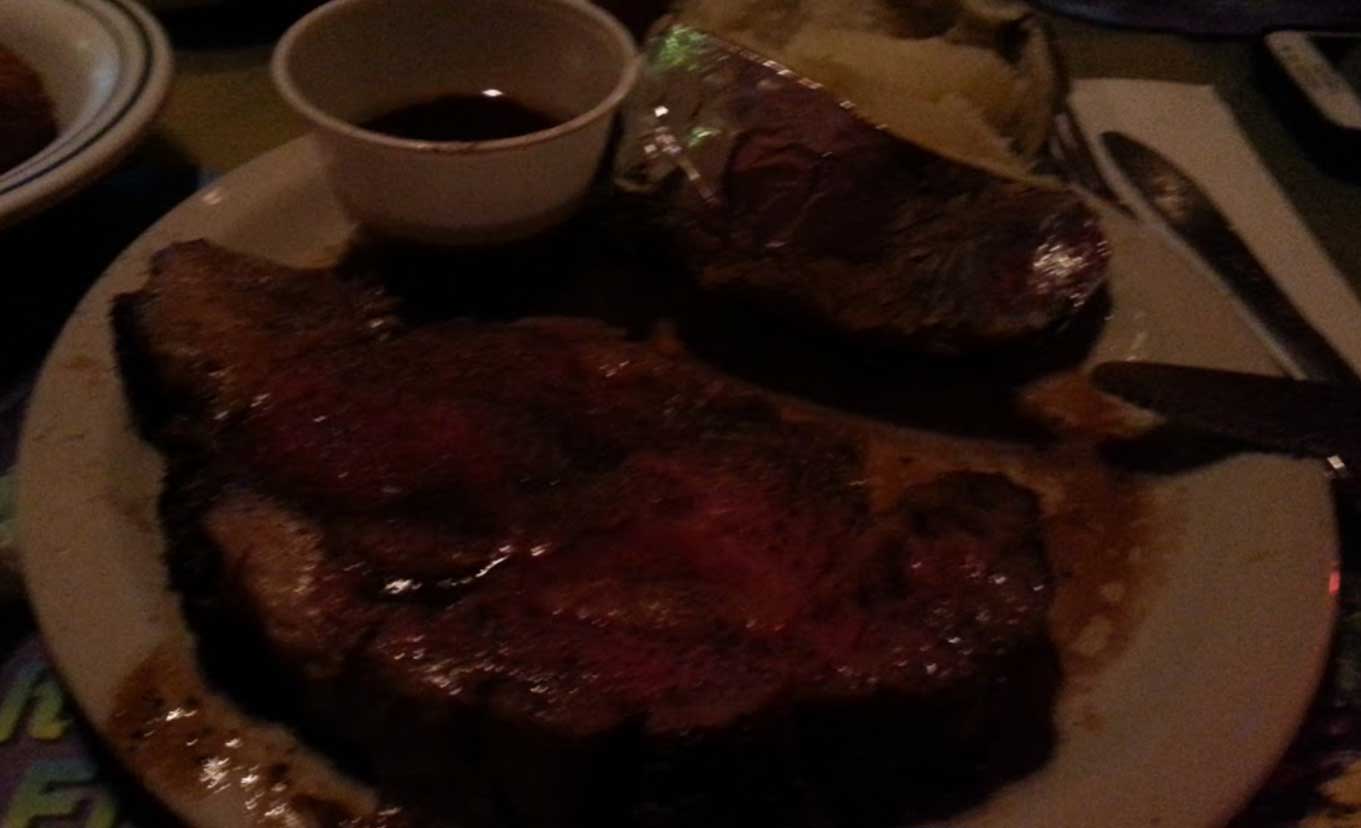

This is just one of a thousand examples I could give you – from the local health food store that posts pics of cooked meals using organic ingredients to the historic museum posting photos in alignment with their content calendar. Bottom line, weak imagery sucks – and I believe it can either make or break you. So if you’re one of the many who claim you monitor your pictures on social media yet put in no effort in your own, then it’s time to take back control. Old, outdated, dull, boring, and low-resolution pictures are common examples of weak imagery.
First, if you have the money to hire a photographer, do it. What’s stopping you? I’ve worked for a Destination Marketing Organization (DMO) where I had a budget of $45,000 a year for photography. I found a photographer that had the same vision I had on the look and feel of our DMO’s brand, interviewed her, and sent her on trips to photograph every amenity available to tourists. Within three years I had built up 6,000 photos to use whenever and wherever I needed them. I guess you could say I had it made. For those business owners who don’t have that large of a budget, it’s time to get creative. With access to today’s technology, there should be no reason to have horrible photos represent your business.
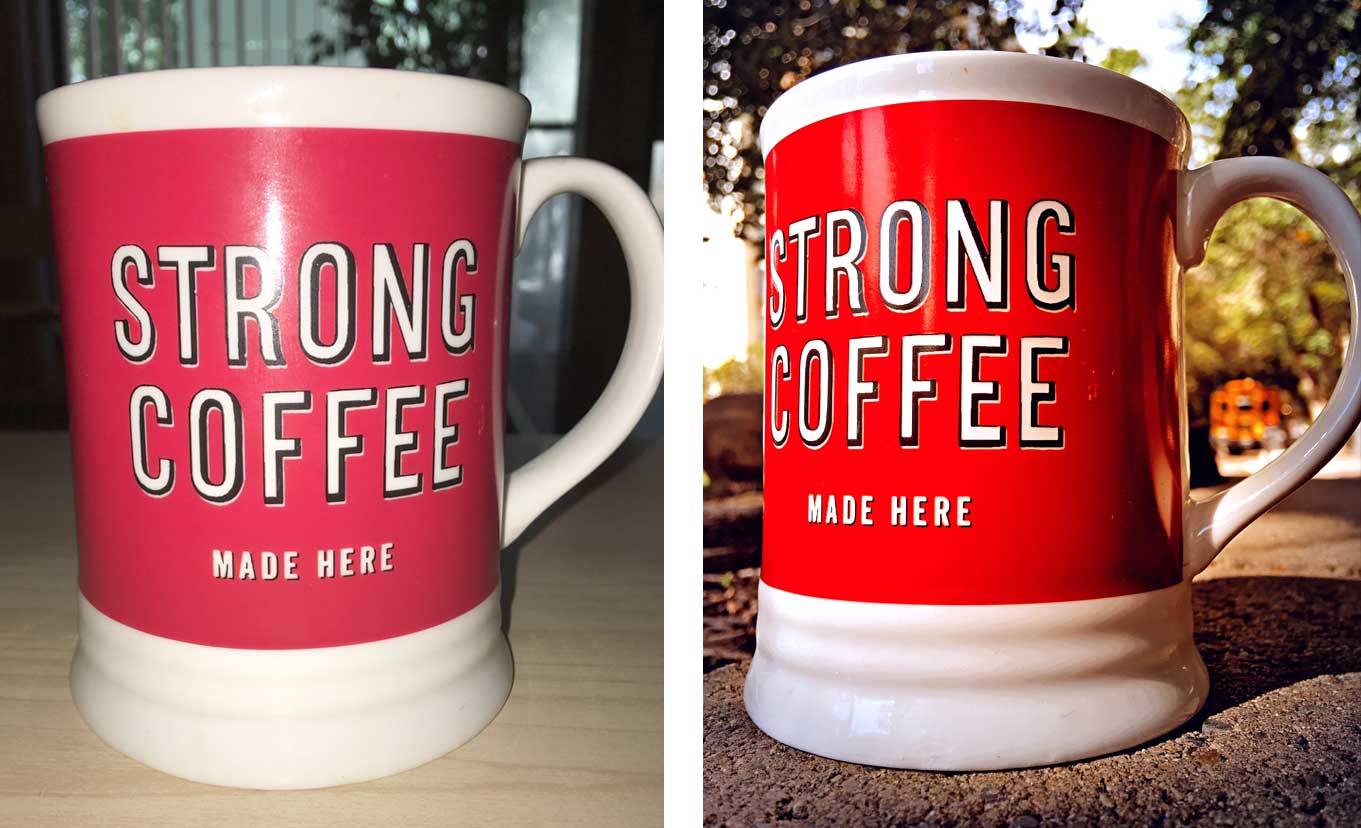
I’m going to assume that you have a smartphone that has a camera on it and that you know where your camera app is located. I’m also aware that photography is something you did not major or minor in. There are some simple techniques to take into consideration to avoid taking a bad picture. I try to never use a flash. To me, using flash will flatten out a picture and, in some cases, lose the depth of your photo. Flash is permanently shut off on my phone’s camera app. My suggestion to you is to start taking all your photos without flash and learn to use the lighting already available to you (i.e. permanent light fixtures or natural light from outside).
There is a world of difference between yellow light and fluorescent light. Steer clear of fluorescent light. It tends to dull your photo. If all you have in your business is fluorescent lighting I would go as far as bringing in a desk lamp to create a soft yellow light, assuming you’re capturing a hand-held object. Or go outside and photograph your still life object with natural lighting. Just avoid doing this at noon.
With that said, try to take all your outdoor shots in the morning and before dusk. If you’re headed out at mid-day expect to get high contrasted photos that lack brilliance in colour. Also, if you know that you need to take a photo of an outdoor location, for example, a birding trail, take the time of day into consideration; including a birder or two in the shot will make it more personable.
I’ve run into problems where higher-ups refuse to let go of the past. The whole, “if it ain’t broke don’t fix it” approach to pictures. The only time it’s cool to have old pictures is if they can be used on “Throwback Thursday” or they have historical value. When I first started at the DMO, I accessed their photo assets and found the majority of their pictures were from the 80’s. People actually had their socks rolled down forming big puffy sock-rings around their ankles. Not to mention guys wearing short shorts and the pixelation in the photo screamed of the era.
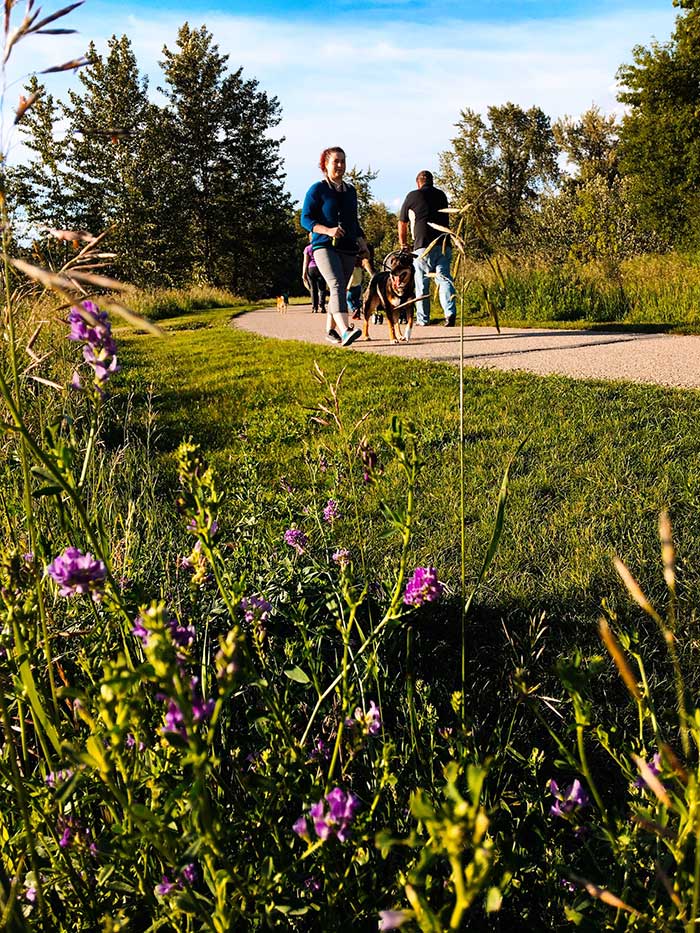
Let’s say you are responsible for running the social media for a farmer’s market. One of your questions might be, “There are only so many shots of a crowd that I can take. What can I do differently?” Using various angles and different perspectives can keep your imagery engaging. This applies to all businesses. Worms-eye and Birds-eye are two different perspectives that you can have fun with. Just bringing a small step stool with you to elevate yourself above everyone can bring a new perspective on the crowd. Taking pictures behind flowers is one of my favourites. You can also do this with other objects.
Once you’ve mastered these tips, think about downloading a photo editor app. I’ve recently been playing around with Filterra, developed by Media Clouds LTD. This is a great tool for photo enhancements, especially for businesses stuck shooting indoors with fluorescent lighting. When using a photo filter think “less is more.” Don’t go all Andy Warhol on your photos. There are some crazy filters out there that are not necessary. Sticking to a convenient simple photo filter for all your pictures may seem to get old to you, however, you’re building your brand’s look and creating unification across your channels.
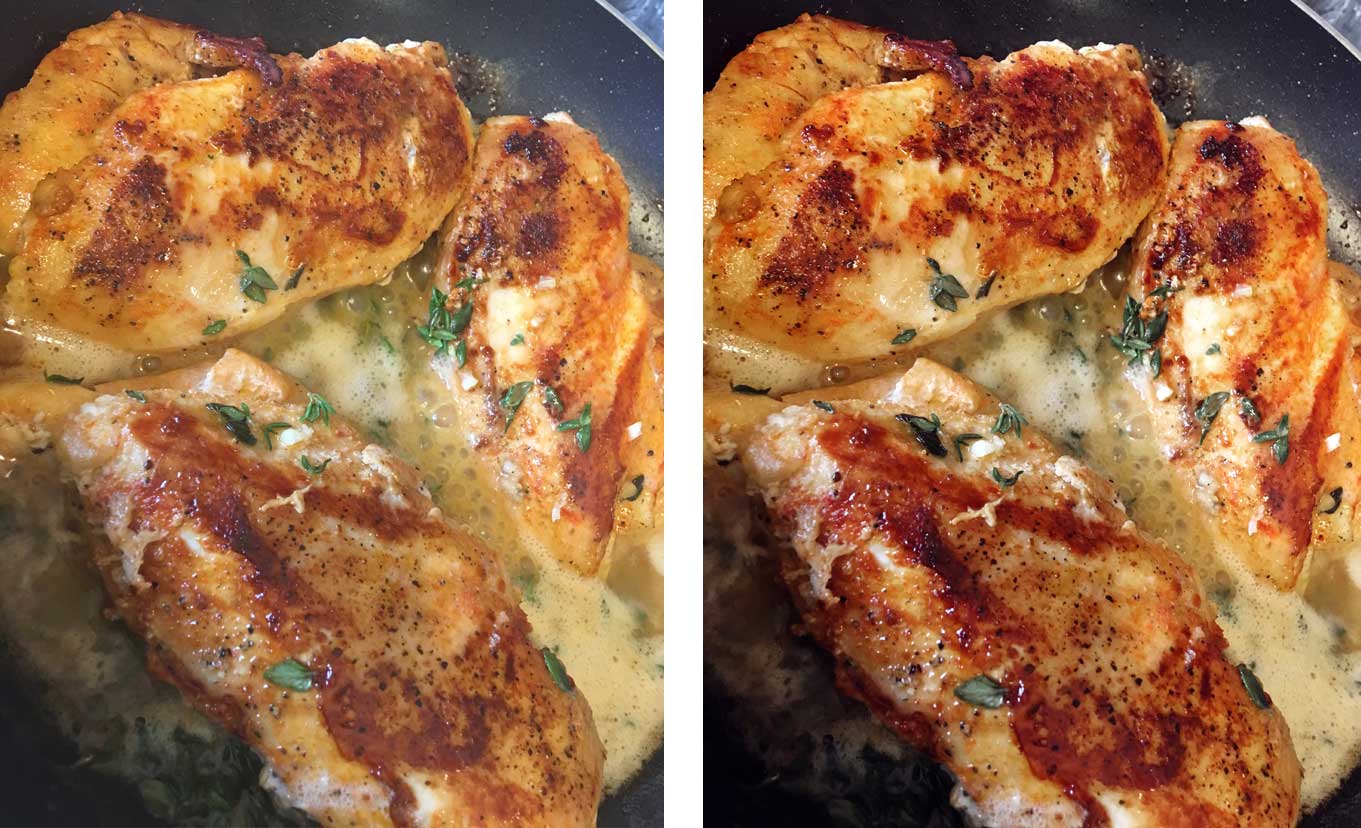
When it comes to posting photos on your website and social media, using compelling imagery across your media channels is something you should set as a priority. Whether you’re snapping photos of tonight’s dinner special or taking pictures of biking trails to attract more visitors, having consistent up-to-date photos will encourage people to talk about your business.
Isn’t that one of the main goals? Don’t you want to get people talking about your business?
Things to think about:
- Manage your business profile on Google. This is a free business listing called Google My Business. At a minimum you should have the top ten photos on your site there. If people Google your businesses genre you will pop up here with similar businesses. Why not show off your best side right at the front door of their search? Keep this rule of thumb for Trip Advisor and other review sites such as Yelp.
- If you are a blogger then a report to take into consideration posted on Buzzsumo.com, notes that articles with an image once every 75-100 words got double the number of social shares than articles with fewer images. For me, it’s annoying to be on Pinterest and find a photo that drives you to a blog and then read a 1000 + word article with maybe two photos. Most of the time I will stop reading the blog. I’m not going to lie, I’m there for the pictures.
- For businesses that want to get into Instagram. It’s a beautiful and fun way to share with over 500 million monthly active users. I suggest posting photos that receive the most likes and shares on your other media channels to Instagram. This should be the thought basis that inspires you to share.
- My last piece of advice is own and store your own photographs. Eventually, you will need to go-to-print on something. There’s nothing worse than working on a print project for a client then asking them for photos and hearing, “just pull the photos from my site.” Or even worse they send you 65 KB photos. All your photos should be high resolution. That means at a minimum they should be one to two megabytes. Anything less and you risk losing pixels which means losing information.
Recent Posts
Harnessing Google Tag Manager for Better User Insights and Performance Tracking
Unlocking the Power of Google Tag Manager: Simplifying Tracking and Understanding User Behavior Hey there, fellow business owners! If you’re navigating the digital...
AI Max: Transform Your Google Search Ads Strategy Today
Unleashing the Power of AI with Google Ads’ New AI Max Hey there, fellow business owners! If you’re anything like us at Strong...
Patience and Strategy: The True Path to Digital Marketing Success
Let’s get one thing straight: if you think digital marketing is a magic wand that will instantly turn your business into a money-making...


